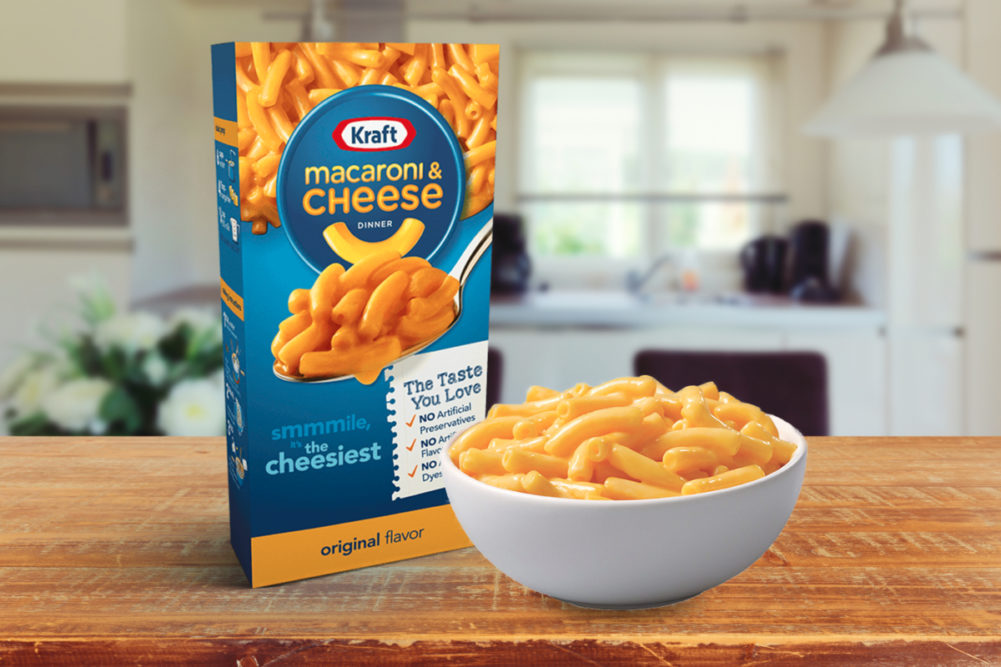PITTSBURGH – Pantry loading related to the spread of the coronavirus (COVID-19) around the world pushed the Kraft Heinz Co.’s sales up 3.3% during the first quarter of fiscal 2020, ended March 28. In the United States, the impact was more pronounced — pushing quarterly sales up 6.4%. The near-term impact of COVID-19 definitely benefited the company, but management warned investors that uncertainty clouds its outlook the rest of the year.
“Like most companies today, it seems we have more scenarios than certainties as we look at the remainder of the year,” said Paulo Luiz Araujo Basilio, global chief financial officer, during an April 30 conference call with analysts. “At the same time, there are a number of things we can forecast and, therefore, set a base that we can update as the year progresses.
“For instance, we still believe 2020 will be an important year of progress in the multiyear turnaround we envision. Recall that we set three priorities for 2020: to establish a strong base of sales and earnings; to rebuild underlying business momentum; and continue to reduce debt, while maintaining our current dividend. All these priorities are on track, even as we adapt to the new challenges.”
Miguel Patricio, chief executive officer, said that in times of uncertainty, consumers turn to brands they trust.
“They want to experiment less,” he said. “They want to experiment less with new brands. And that’s what we’re seeing right now. Now our brands represent comfort for people. And I think that the consumers are coming back to big brands.”
Kraft Heinz net income fell to $378 million, equal to 31¢ per share on the common stock, down 6.7% from $405 million, equal to 33¢ per share the year prior.
Quarterly sales rose to $6.2 billion from $6 billion the year prior.
“On a net basis, we estimate that the additional demand that we are experiencing as a result of COVID-19 resulted in about 6 to 7 points of incremental organic growth in the first quarter and with the contribution of 9 to 10 points of additional EBITDA growth,” Mr. Patricio said.
Headwinds that affected results included the sudden deceleration of foodservice sales, which make up 15% of the company’s net sales. Going forward, Mr. Patricio said he expected foodservice sales to decline 30% to 70% in each geographic region depending on channel mix and the creativity and agility foodservice customers exhibit as they adapt.
In addition, negative year-over-year comparisons from divestitures and business exits affected results. Mr. Basilio said certain costs and business trends also held back earnings.
US business unit sales rose to $4.5 billion during the quarter from $4.2 billion in fiscal 2019. Carlos A. Abrams-Rivera, president of US Zone, said the US business performance was slightly better in January and February than anticipated. But market share trends remained weak in natural cheese, cold cuts and frozen meals.
“In March, however, this trend reversed,” he said. “Consumptions in cheese, meat and most every category, for that matter, accelerated, while foodservice sales fell more than 20% versus last year. As a result, Q1 organic growth was 6.4%. And in terms of profitability, we initially expected a mid-single-digit decline in adjusted EBITDA for Q1. Instead, we grew roughly 6%.”
Mr. Abrams-Rivera forecast second-quarter organic top-line growth will be in the mid-single-digit range for the US business.
“This is based on our expectation for strong retail takeaway to continue, boosted by retail customers rebuilding inventory, and with the foodservice sales declining by roughly two-thirds,” he said.
Mr. Patricio said he believes second-quarter consumption patterns are not a reliable indicator of the “new normal.”
“Variables like at home versus away from home and recession versus growth will likely become clearer as the second half of the year unfolds,” he said. “And obviously, all of this will play out differently by country in each one of the segments.”





